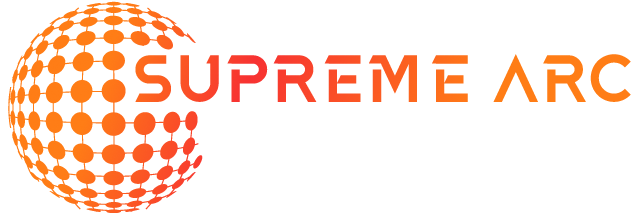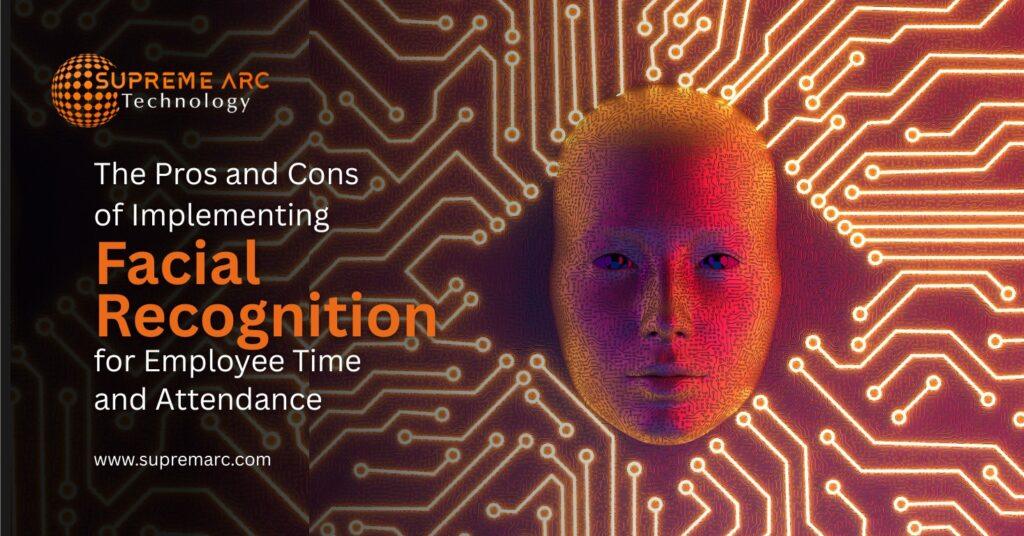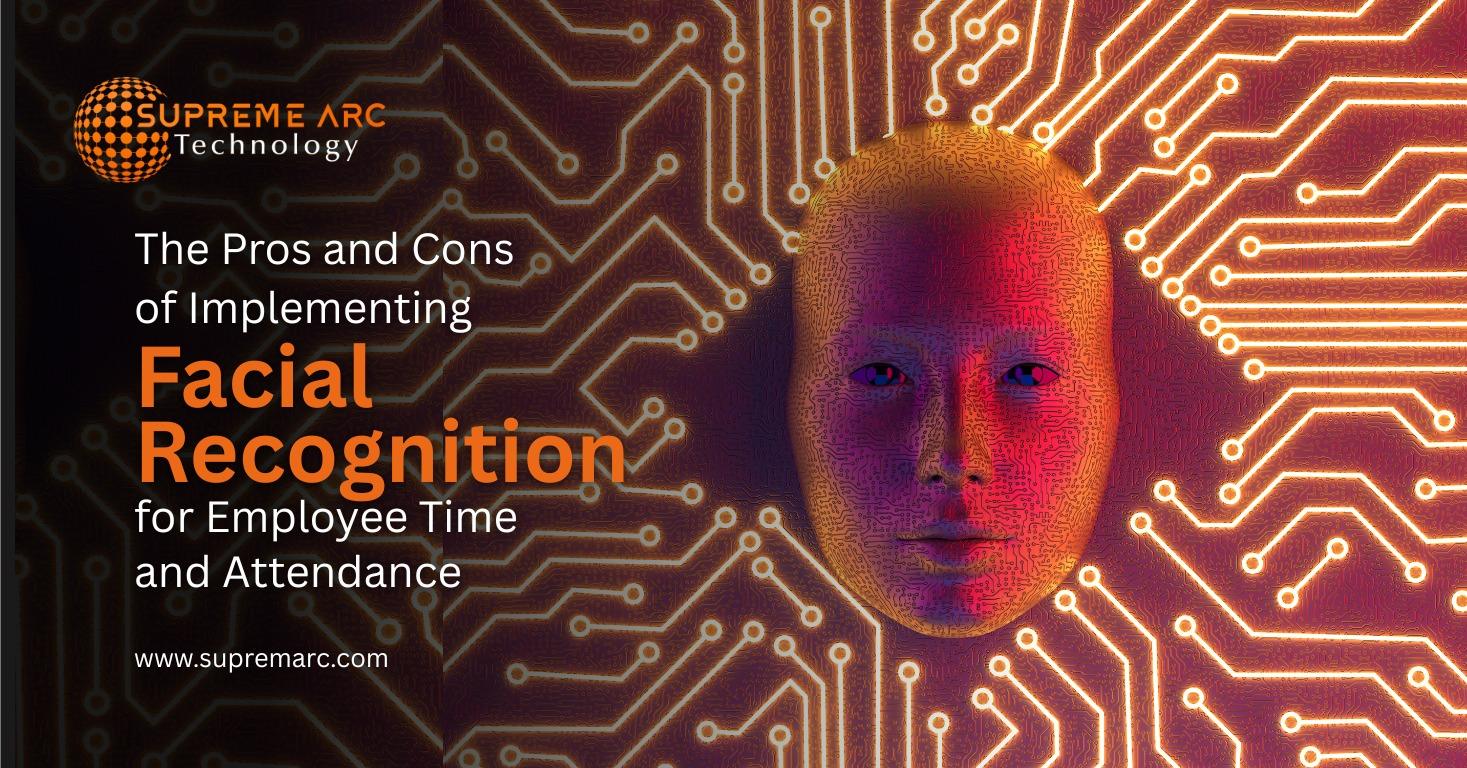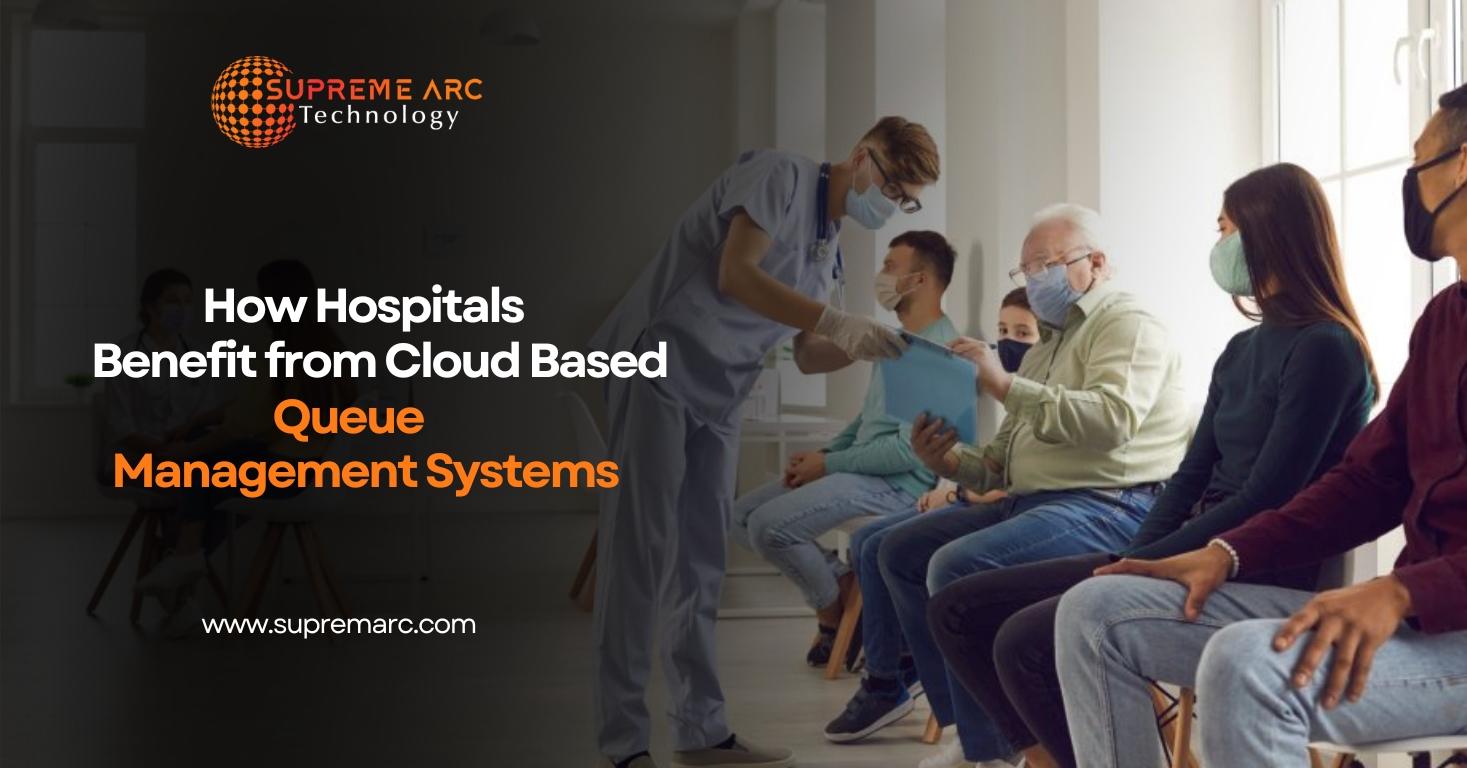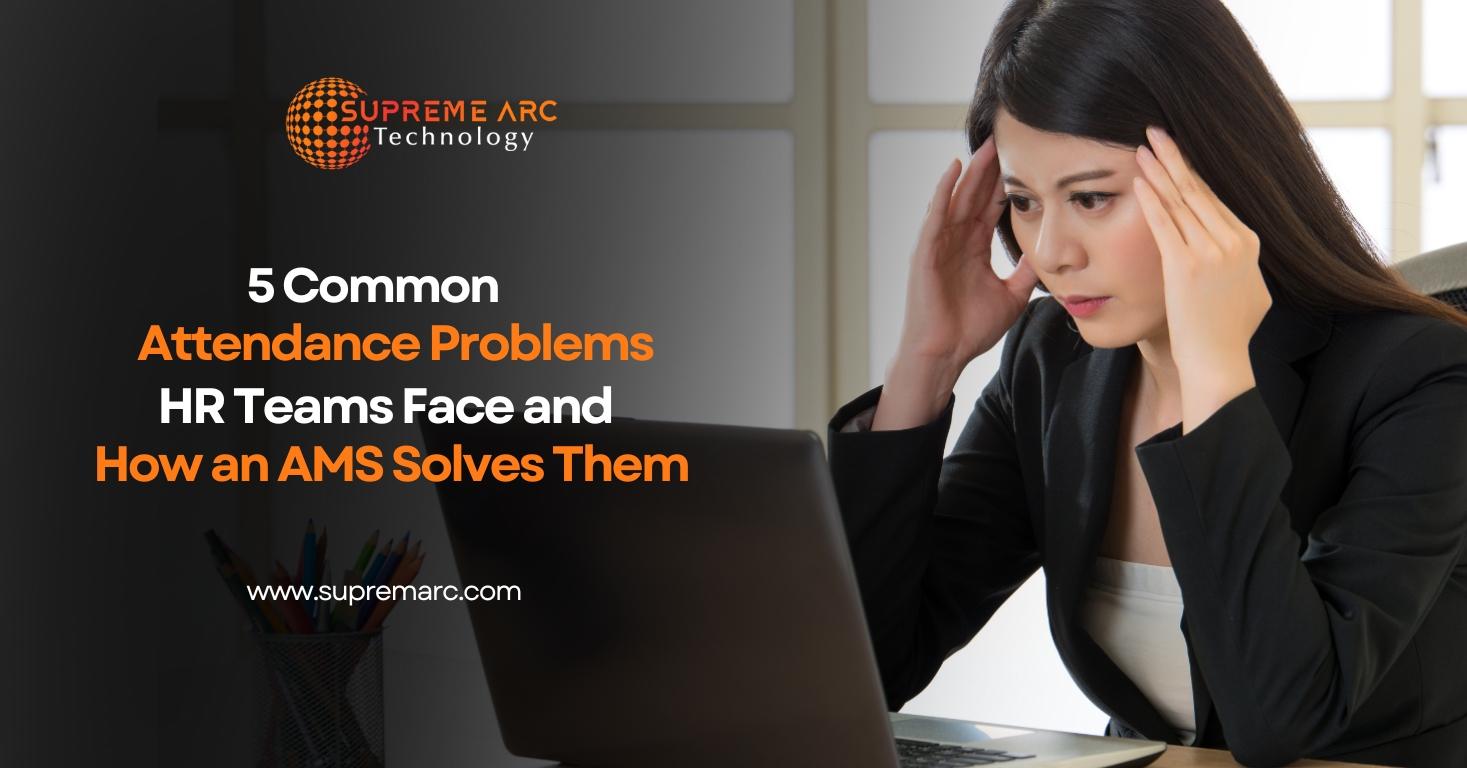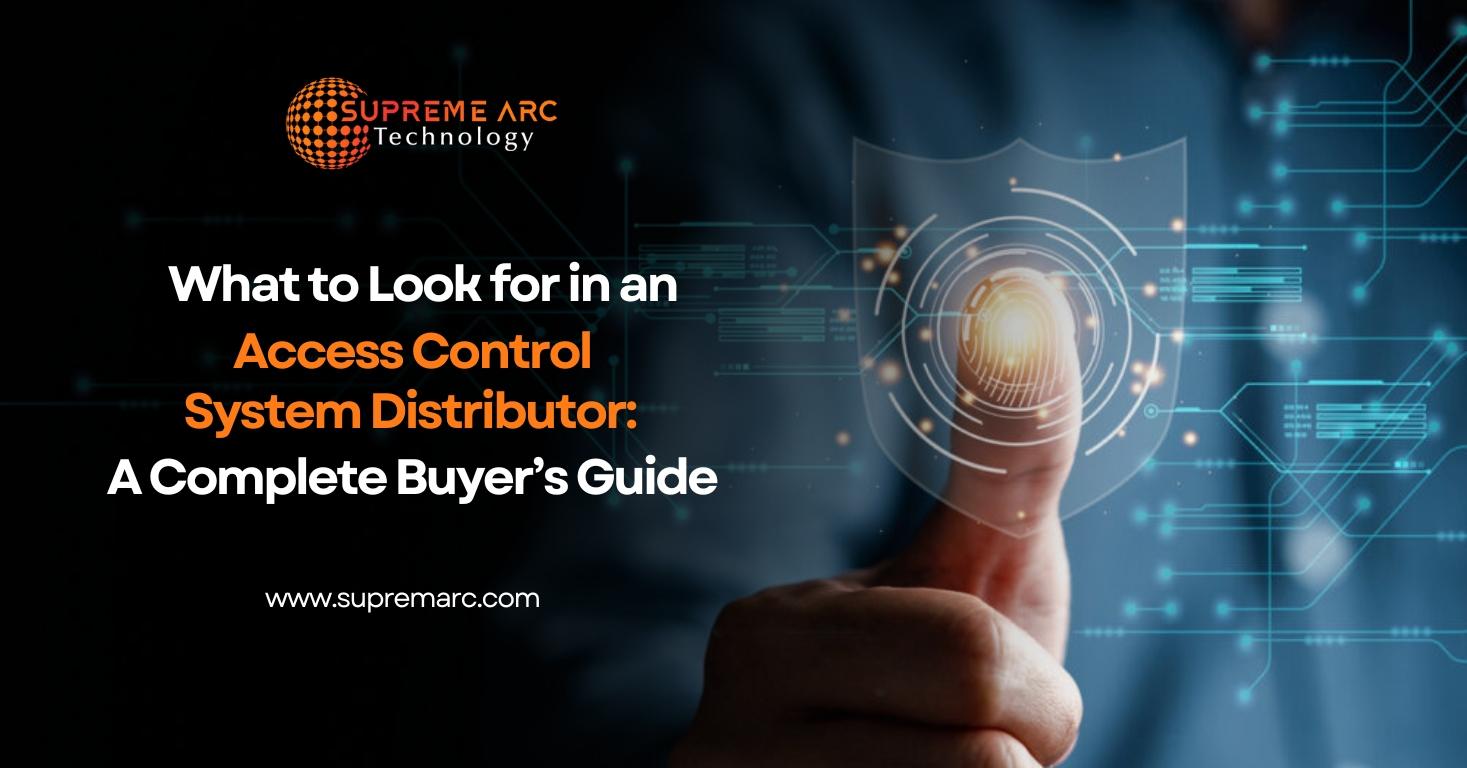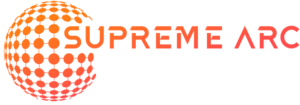The Facial recognition technology has made itself a ground breaker in monitoring employee time and attendance. Its touch free and digital identification system obliterates the shortcomings of previous mechanisms. As with any technology, it comes with its own strengths and considerations.
Strengths of Facial Recognition in Employee Time and Attendance
1. Higher Accuracy and Efficiency
Facial recognition technology cuts down on card system or keyboard entry errors. No more identification cards and PINs to memorize; the face of the worker is the ID. It not only quickens the check-in but also cuts down on buddy punching and time theft occurrence.
2. Contactless Authentication
In the post-pandemic times, contact should be avoided to the extent possible. Facial recognition is a sanitary option over fingerprint readers or punch cards and never compromising on security but with the benefit of guarding the employees.
3. Easy Integration with Access Control Systems
Facial recognition systems deployed today are built to be readily integrated into existing access control systems, and companies can monitor attendance as well as physical access in real time. It provides a general security and monitoring advantage to it.
Considerations and Challenges
1. Privacy Concerns
Storage and collection of the biometric information are legitimate grounds for concern over privacy. The organizations will have to comply with data protection law as well as have stringent security practices for protecting employee information.
2. Environmental Limitations
Facial recognition performance is affected by lighting, facial occlusions (e.g., glasses or masks), and camera resolution. High-quality sensors and algorithms must be selected to work around these limitations.
3. Implementation Costs
Despite the price decreasing with time, investing in premium facial recognition systems can be highly expensive initially. Long-term benefits usually break even though.
Best Facial Recognition Terminals for Employee Time and Attendance
To assist firms in making the right decision regarding facial recognition technology, some of the best devices from Supreme Arc are listed below:
1. Suprema FaceStation 2
Ergonomic terminal with fast facial recognition of 4,000 matches per second speed of matching. Can be used in multiple access control and time attendance points.
2. Suprema BioEntry W3
A facial verification terminal using artificial intelligence because of its power and secure processing of data. It supports rapid face processing and mobile-enabled access for convenience and flexibility.
3. Spectra FaceScribe Plus
Biometric live face recognition attendance system with real-time human face detection in extremely low light conditions. It also reads MiFare card and QR code, and flexible authentication option.
4. CMI Tech NovaFace-2N
A high-end access control and time & attendance software with a quick and economical facial recognition terminal. It also includes super-speed subject search and local authentication.
5. Suprema BioStation 3
A small-sized facial verification terminal with 47% reduced size from the earlier models. Can be used outdoors and indoors because of its strong IP65 and IK06 ratings.
6. CMI Tech EF-45NC
Face and dual iris recognition system that recognizes people at a distance of 30cm to 45cm. Has quick recognition and easy user interface, making it easy for new users.
Privacy issues and ethical considerations
There are some working advantages of facial recognition technology, but it is of utmost importance that privacy and ethical considerations in its deployment are given. Employees may be concerned about the gathering, storage, and use of their biometric data. For reassurance of such matters, companies ought to be open by way of explanations of data collection, seeking expert approval, and maintaining rigorous protection measures for information. Conformance with the dominant laws of local data protection, for instance, the General Data Protection Regulation (GDPR), ought to also be maintained for gathering the employees’ confidence as well as avoiding penal actions.
Enhancement of System Accuracy and Credibility
Facial recognition technology is based on a very high number of parameters for effective working, e.g., lighting, camera resolution, and facial obstructions like glasses or masks. For higher accuracy and reliability, organizations have to invest in good hardware and quality software packages with improved algorithms to handle an heterogeneous environment. System calibration and regular updating can also ensure best performance and correct employee identification in varying conditions.
Final Thoughts
Employee time and attendance facial recognition comes with many advantages, ranging from greater accuracy to enhanced security. It is, however, essential to minimize possible difficulties, particularly those in the area of privacy and the environment. With appropriate technology and adherence to data protection laws, organizations are able to take full advantage of facial recognition technology.
Ready to take your attendance system to the next level?
Reach us at info@supremarc.com to learn more about the most appropriate facial recognition solutions for your business.
